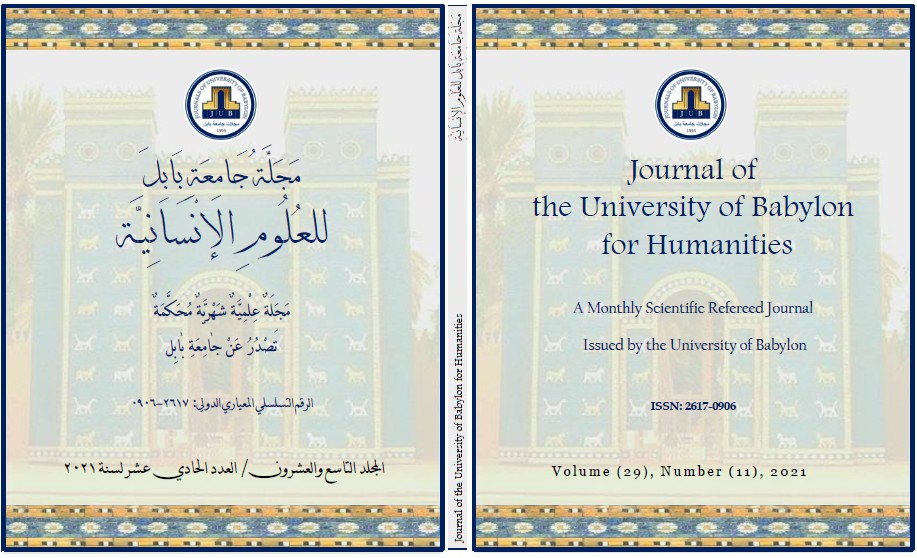A Spatial Analysis of the Population of Medhatiya and Abu Gharaq According to their Urban and Rural Environments
Main Article Content
Abstract
The study of the geography of the population is of great importance, this importance comes through its direct study of the human in its number, growth and spatial distribution and the variables obtained through time in terms of the size, composition and distribution of the population and its scientific interpretation, and as a result of the importance of the distribution of the spatial population and The research aims to analyze the data of the population in my area ( medhatiya, Abi gharq) according to the urban and rural environment at the level of the study axes, and will use a large number of statistical measures that describe the spatial distributions of the population, whether in the form of clarifying the degree of concentration or dispersion and spread around a specific urban mudhatiya .15%), rural (29.8%) and rural (41%), rural (17,6).
As for Lorenz and the Gini coefficient for midhatiya had (0,4)and Rif (0,4) either Abi gharq had (0,5) and Rif (0,2), either gypsum and Martin hand midhatiya had (0,7) and Rif (0,9) and Abi gharq had (0,8) and Rif (0,9), it turns out that the proportions are approaching zero so in general the population tends to scatter and ideal and spread to the two study areas according to the environment.

